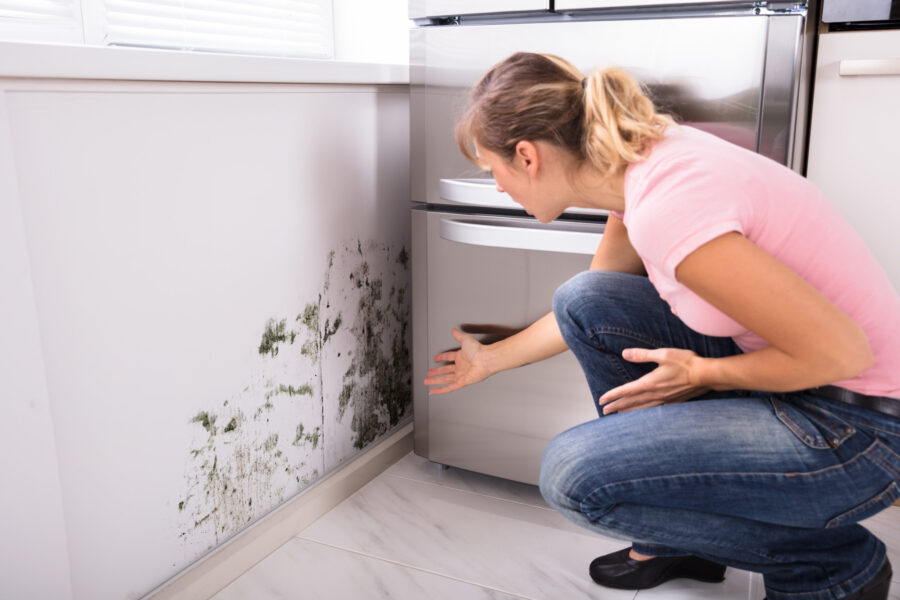
How to Check for Mold After Water Damage
Did you know that 14,000 people in the US encounter a water damage emergency at home or work each day? One of the most dangerous outcomes of water damage is mold. Mold can easily become a health hazard if you don’t get rid of it, so it’s important to know how to check for mold after water damage.
This guide will explore what signs to look out for as you check for mold, how to get rid of it, and ways to prevent mold in the future.
Ready to learn more? Let’s get started.
What Causes Mold?
You can find mold both outdoors and indoors. It enters your home through open vents, windows, doorways, and heating and air conditioning systems. Mold can also attach itself to your clothing and shoes.
Excessive moisture helps mold grow. This is why it is so common to find mold in places where leakages occur, such as pipes, walls, and roofs.
Building materials, unfortunately, provide the right material for mold to grow. Certain materials, such as wood and ceiling tile, are particularly conducive to mold growth.
Water damage and leaks from pipelines are huge contributors to the growth and spread of mold. All it takes is someone bringing spores inside your home for mold to start growing.
What Does Mold Look Like?
Knowing what causes mold can help you be more vigilant with maintaining a clean environment, but sometimes it’s too late. If you’re suspecting that mold is in your home, you need to know what it looks like so you can detect it as quickly as possible.
Mold is everywhere and the most visible type of mold is called mildew. These are usually black spots that grow into larger colonies. You’ll notice it on damp walls or in the grout lines of your shower.
How to Check for Mold After Water Damage
There are specific ways to check for mold after water damage. While some mold is clearly visible, it might be difficult to spot other areas with mold damage.
One of the first signs that you have mold in your home is odor. You’ll likely smell something musty as if you were walking in a damp forest.
You can also check for water stains and discoloration. If you notice water stains on your walls, then it is likely that there is mold growing behind them.
Also, check for any changes in the appearance of your wall. In addition to discoloration, paint or wallpaper may begin to crack or peel because of mold growth.
Fortunately, there is mold damage remediation. You can trust the right experts to detect and eliminate mold from your home.
Checking for Mold After Water Damage
Nobody wants to deal with mold in their home. It can cause a variety of health issues, create a foul odor, and become costly if not fixed in time. You’ll need to know how to check for mold after water damage, so you can keep your household healthy and clean.
Preventing mold can be difficult, but if you control humidity levels, fix any leaking, and clean and dry after flooding then you’ll be able to lower your risk of mold significantly.
Looking for more articles like this? Be sure to check out the Home Improvement section of our blog!

